1949 | St Kilda v Collingwood at Junction Oval
This was a match where St Kilda went in as underdogs, but came out victorious thanks to a last-minute flash of brilliance by a kid in his seventh game.
After losing all of their first 12 games in 1949, St Kilda had sparked up by winning three games in six weeks.
From Round 9 onwards, Collingwood had occupied first or second place. Going into the final round Carlton, Collingwood and North Melbourne were equal on points in the top-three places. With Carlton due to play North, all Collingwood needed to do was beat the Saints to guarantee a top-two finish and the double chance.
When the Magpies opened with a 3.4 to 0.4 first term, it seemed that everything was going to plan.
But St Kilda lifted from quarter-time and in the second half Collingwood looked to be a worried side.
It was beaten for pace, and the ruck and centreline advantage had been wrested from it as St Kilda “played well in every department” according to The Sun reporter.
The final-quarter struggle thrilled the large crowd as St Kilda seemed to hold the advantage, but Collingwood fought back with a goal to make St Kilda’s advantage only two points.
Brilliant Saint rover Keith Rosewarne had a chance to clinch the game, but the man on his mark touched the ball. With minutes ticking away and with Keith Drinan turning back several Collingwood advances, 20 year-old rover Dick Wicks “rose high above the pack to mark on the chalk line.” His goal clinched the win and supporters streamed on the ground to cheer their heroes.
It was a disastrous loss for Collingwood as they faced a rampant Essendon side in the first semi and were bundled out of the finals with an 82-point loss as young Bomber star John Coleman bagged six goals and veteran captain coach Dick Reynolds booted four.
Getting back to that famous upset, it was the highpoint of Dick Wicks’ 16-game career with the Saints. He was St Kilda’s best first year player and his trophy was a silver platter. His mum thought that Dick deserved a gold platter so she painted it! It is stored today in the Saints Museum.
An intriguing character, Dick Wicks was a Stawell Gift finalist and in later years he was well known for his business of magnetic treatments of injuries and remained a dedicated Saints fan for the rest of his life. Dick Wicks passed away in 2006.
ST KILDA 0.4 4.9 8.12 11.15 (81)
COLLINGWOOD 3.4 5.7 7.9 10.12 (72)
1957 | St Kilda v Collingwood at Junction Oval
In one of the most tightly contested seasons in league history, Collingwood entered the last home and away round needing third-placed Carlton to beat fourth side Essendon. If the fifth-placed Magpies beat ninth side St Kilda, Collingwood would earn a finals berth.
But St Kilda was the team who looked as if thy had everything to play for.
From the opening bounce they showed a fanatical approach and Collingwood appeared to lack their usual tenacity. From the opening bounce, Saint Brian Gleeson had the upper hand in the ruck battles.
Neil Roberts led a dynamic backline and the blond-haired centre half back shut down Collingwood’s Murray Weideman then also accounted for Bill Serong later in the game. At the other end it was only the hard-bumping tactics of the Magpie defence which prevented the Saints running away with the game in the first half.
At the long interval St Kilda, held a two goal advantage and the decisive break came when St Kilda piled on six goals – three of them coming in the first five minutes from centre half-forward Neville “Ox” Linney.
Collingwood battled on in the final term, but St Kilda was always in command and jubilant Saints supporters carried their heroes from the ground after the 40-point victory. In the end, Collingwood found that they wouldn’t have made the finals as Essendon had knocked off Carlton. The Magpies finished fifth, just one and a half wins ahead of the Saints who were ninth.
For the Saints, there was a poignant side to this game for two of the men who had been at the forefront of the win. Brian Gleeson was universally rated as best man on the ground and Neville Linney’s five goal bag had galvanised the attack. Both had begun as teenagers four years earlier. Nobody could have foreseen that this would be their last appearance in St Kilda colours.
A few days later Gleeson won the Brownlow Medal. At 22 years of age the world was at his feet, but a bad knee injury in a practice match the next year abruptly ended his football.
Neville Linney was selected for the Victorian team as half-back flanker after just seven games in his debut year in 1953. Fast and a good mark, he won the club award as best first year player, but he had a troubled life off the field and headed to country football. In 1955 he played for Golden Point in the Ballarat League kicking 80 goals under the coaching of Alan Killigrew.
When Killigrew was appointed coach of St Kilda in 1956 he convinced Linney to return to League footy. By now he was physically bigger and could hold down a key forward role. Yet after his brilliant day against Collingwood in 1957, Linney would drift away again and his problems off the field would continue.
A talent which was never truly fulfilled.
ST KILDA 1.3 5.7 11.9 14.12 (96)
COLLINGWOOD 1.1 3.7 4.9 7.14 (56)



